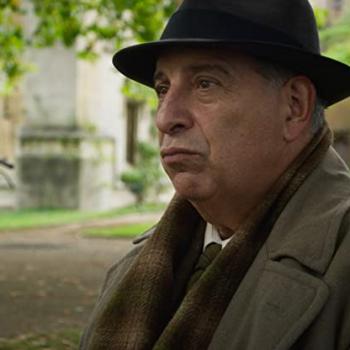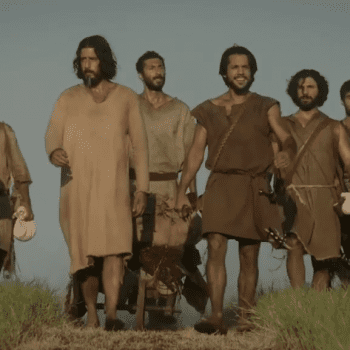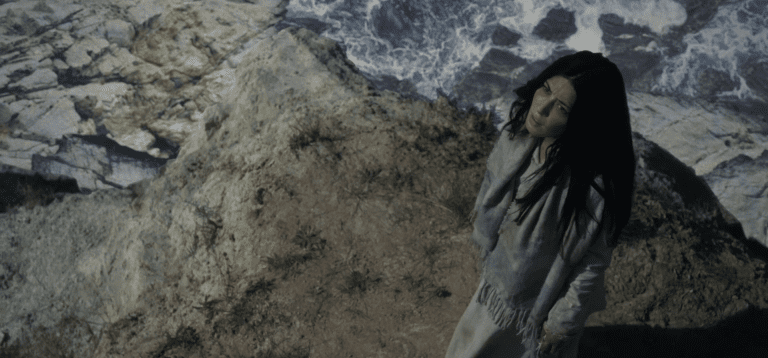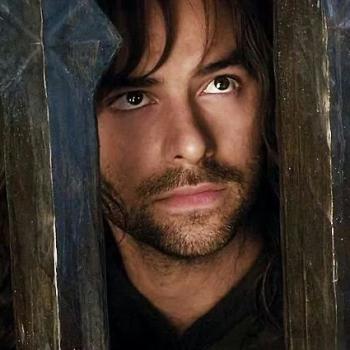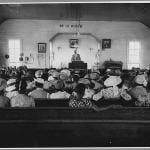 Ever since Peter Jackson’s film adaptation of the Lord of the Rings trilogy made nearly three billion dollars worldwide — and earned seventeen Oscars between the three films, to boot — it has been a given that someone, somewhere would make a prequel based on the book that introduced the world to Hobbits in the first place.
Ever since Peter Jackson’s film adaptation of the Lord of the Rings trilogy made nearly three billion dollars worldwide — and earned seventeen Oscars between the three films, to boot — it has been a given that someone, somewhere would make a prequel based on the book that introduced the world to Hobbits in the first place.
But there were certain obvious questions hanging over the inevitable follow-up.
First, J.R.R. Tolkien’s The Hobbit was essentially a children’s story, and lighter in tone than the more adult-oriented trilogy that followed it; it was also easily the shortest book of the lot. Would audiences used to the epic intensity of Jackson’s first trilogy accept a more kid-friendly story with smaller stakes? Or would the new film push the story in a more mature direction, to make it more consistent with the earlier films?
Second, there was Jackson himself. The previous trilogy was obviously a labour of love for him, but even many fans would argue that Jackson’s weaknesses as a director became more pronounced as the series wore on — and, since then, he had directed only two other films: a bloated, three-hour remake of King Kong (the original version of which was only half as long) and a forgettable adaptation of The Lovely Bones. Would returning to Middle-Earth mark a return to form, as well? Or would those weaknesses persist?
We got part of our answer over the summer, when Jackson announced that The Hobbit — which had originally been split into two movies, just like the final installments in the Harry Potter and Twilight franchises — would now be a full-fledged trilogy in its own right. Fans who wondered how a single book could be stretched to such length were assured that the films would be padded out with unused material from the appendices to The Lord of the Rings.
And now, we have the first part of that new trilogy, The Hobbit: An Unexpected Journey. And the short answer to those lingering questions is that, while Jackson tries to be lighter in tone and true to the films he directed a decade ago, his efforts sort of cancel each other out.
The new film begins with a prologue narrated by the older Bilbo Baggins (Ian Holm), as he writes an account of his adventures for his nephew Frodo (Elijah Wood). Bilbo describes how a dragon named Smaug stole a mountain full of treasure from a kingdom of dwarves, and, as Bilbo tells the tale, Jackson fills the screen with the sort of vast subterranean imagery and sweeping camera moves he used in his earlier films.
After some pointless chit-chat between Frodo and his uncle about Bilbo’s upcoming birthday party, the film jumps back sixty years to when a younger Bilbo (now played by Sherlock‘s Martin Freeman) first met the wizard Gandalf (Ian McKellen) — who, in turn, introduces Bilbo to thirteen dwarves led by Thorin Oakenshield (Richard Armitage). These dwarves are hoping to reclaim their lost kingdom, with Gandalf’s help, and they ask Bilbo to join them.
The ensuing quest takes Bilbo and the dwarves past a few of the locations that we saw in the earlier trilogy, and it brings them into contact with a number of familiar characters, too, such as the elves Elrond (Hugo Weaving) and Galadriel (Cate Blanchett) and a certain riddle-swapping, Ring-bearing creature named Gollum (Andy Serkis).
But something is missing this time.
The previous trilogy was careful to flesh out the nine characters who made up the Fellowship of the Ring, and to clearly explain the bonds of friendship that connected them; what’s more, two of them were dead before the first movie ended, and we felt their loss deeply. In the new film, however, the dwarves are a mostly undifferentiated group and, even though there are fifteen people in their company (counting Bilbo and Gandalf), we never get the sense that any of them are really in all that much danger, even as they come across one set of monsters after another.
In addition, not only is Bilbo a stranger to both Gandalf and the dwarves, but we never get a sense of him as part of a community with his fellow Hobbits. The birthday-party sequence in the previous trilogy allowed Jackson to establish which Hobbits were relatives, which ones were friends, which ones were afraid to dance with girls, and so on. But here, the concept of a “home” that Bilbo pines for on his journey is little more than an abstraction.
The film also takes the odd step of intensifying the violence beyond what you might have expected from the book, while simultaneously taking the violence less seriously than the previous films did; an encounter with the Goblin King (Barry Humphries) deep underground turns especially cartoonish in a way that evokes the sillier Indiana Jones sequels.
Add to this the fact that the movie has a slightly coarser sense of humour — including, for the first time, at least one line of dialogue that probably shouldn’t be quoted in a family publication — and some parents may find themselves thinking twice about whether to take their younger children to see this film, which, quite frankly, is a shame.
That being said, there are some interesting themes to explore here, primarily the way a growing sense of empathy between Bilbo and the dwarves gradually allows Bilbo to become an active member of their party, and not just extra baggage. Also, the film hints more strongly at Providence than the previous trilogy did, inasmuch as the dwarves are motivated by an old prophecy which, they believe, is now on the verge of being fulfilled.
So a bit of the spirit of Tolkien’s novel — and the Christian faith that lay behind his stories — does make it into the new film. But, as presented here, it’s little more than narrative stitching between a neverending series of special-effects set-pieces.
Fans of the earlier films may welcome the opportunity to spend more time in Jackson’s version of this world, but fans of the original book will come away wanting more — and not just because the story won’t be resolved until the next two films come out.
— A version of this article was first published in The Anglican Planet.



